Why Do Cats Purr? And When Is It Actually A Red Flag?
Does your cat's purring always mean they're happy? Not necessarily. Here are a couple of reasons underlying this behavior.
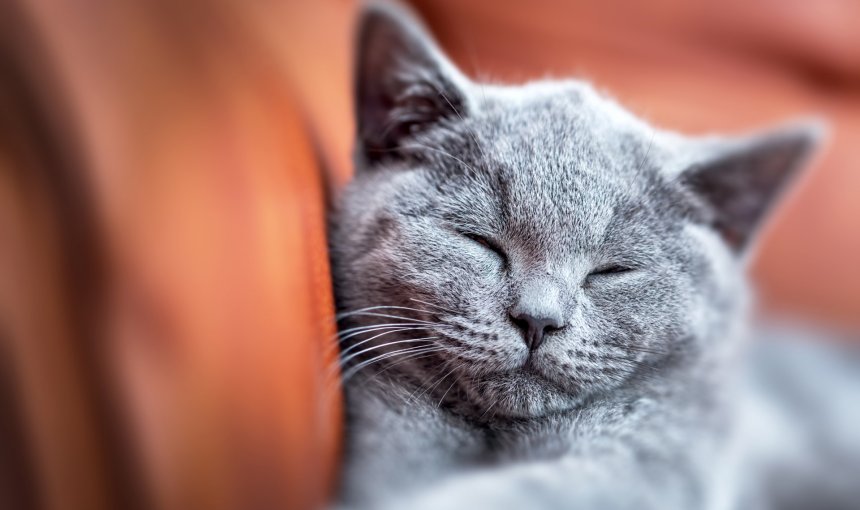
It’s a familiar feeling – your cat comes close, and you can feel them purring. Humans don’t purr (as far as we know) so what’s this strange biological phenomenon all about? Let’s learn a thing or two about our feline friends: why do cats purr? And is it always linked to your cat being happy? Let’s find out – plus where a smart cat collar can help you figure out what’s behind it.
Key Takeaways
While often associated with happiness, cats purr for a variety of reasons, including stress, pain, fear, anxiety, giving birth, nursing, in heat, and even when sick or dying.
Watch out for your cat’s behavior while purring – signs like an upward-pointing tail usually mean they’re happy. But if they’re crouched with low ears while purring, it could be a sign they’re not feeling well.
A smart cat collar with Health Monitoring can help you track down where a sick or pregnant cat is hiding and even spot potential health issues early through Health Alerts.

Find out where your cat spends their time.
Read moreHow do cats purr? The biology of purring
In a cat’s body, purring is made possible thanks to the larynx (voice box) and laryngeal muscles in the throat, and a neural oscillator in the cat’s brain.
🧠 First, a signal is sent from the cat’s brain to the throat, which causes the throat muscles to twitch rapidly. This movement creates an opening and closing of the space between the vocal chords.
💨 Air from the cat’s inhaling and exhaling moves past the vibrating muscles, causing the familiar sound we know as purring. 🐈
🔊 Listen to some adorable kittens purring while they snuggle and sleep together in the video clip below (sound on):
Why do cats purr?
Just as humans tend to smile both when happy and nervous, cats can purr when experiencing either pleasure or pain. You might hear them purr while:
- Happy, content, or feeling pleasure
- Being pet, tickled or otherwise engaged
- In their litter or close to their (cat) mother
- Grooming each other
- Greeting another cat
- Wanting attention
- In heat
- Exploring a new environment
- In pain, afraid, or anxious1
- Giving birth or nursing
- Sick, in pain, or stressed
- Dying or being put to sleep
So purring is not just caused by the joy your cat feels when you pet them – although that may be part of it. It also means:
1) Communication & social bonding
A cat might purr as a way to tell it’s biological mother, ‘I’m here, I’m okay’. Kittens purr as young as 2 days after being born, usually while nursing – and often to ask for more food. Purring can also help Mama Cat better locate them, and vice versa. Kittens who cannot yet hear will follow the vibrations created by the purring of their mother.2 This means that purring can help strengthen the bond between kitten and mama cat.
2) Self-soothing & healing
There is also evidence to suggest that purring has healing powers. Since purring actually releases endorphins (feel-good chemicals) in the cat’s brain, cat experts suspect that purring is a form of self-soothing.3 So cats may purr to calm themselves, or even to heal pain. The vibrations created by cats purring carry a frequency that is associated with healing in traditional human medicine.4 It is believed that purring may actually help to keep your cat’s bones strong.
Why is your cat purring?
To find out why your cat is purring, pay close attention to them. Are they purring while snuggled up cozily on your lap? If so, your kitty is probably just enjoying being close to you. Are they purring heavily while grooming themselves? Then check for any signs of pain or injury in your cat. And if your newborn kittens, pregnant, or mother-cat are purring, well, this is probably a normal part of the mother-kitten bonding ritual.
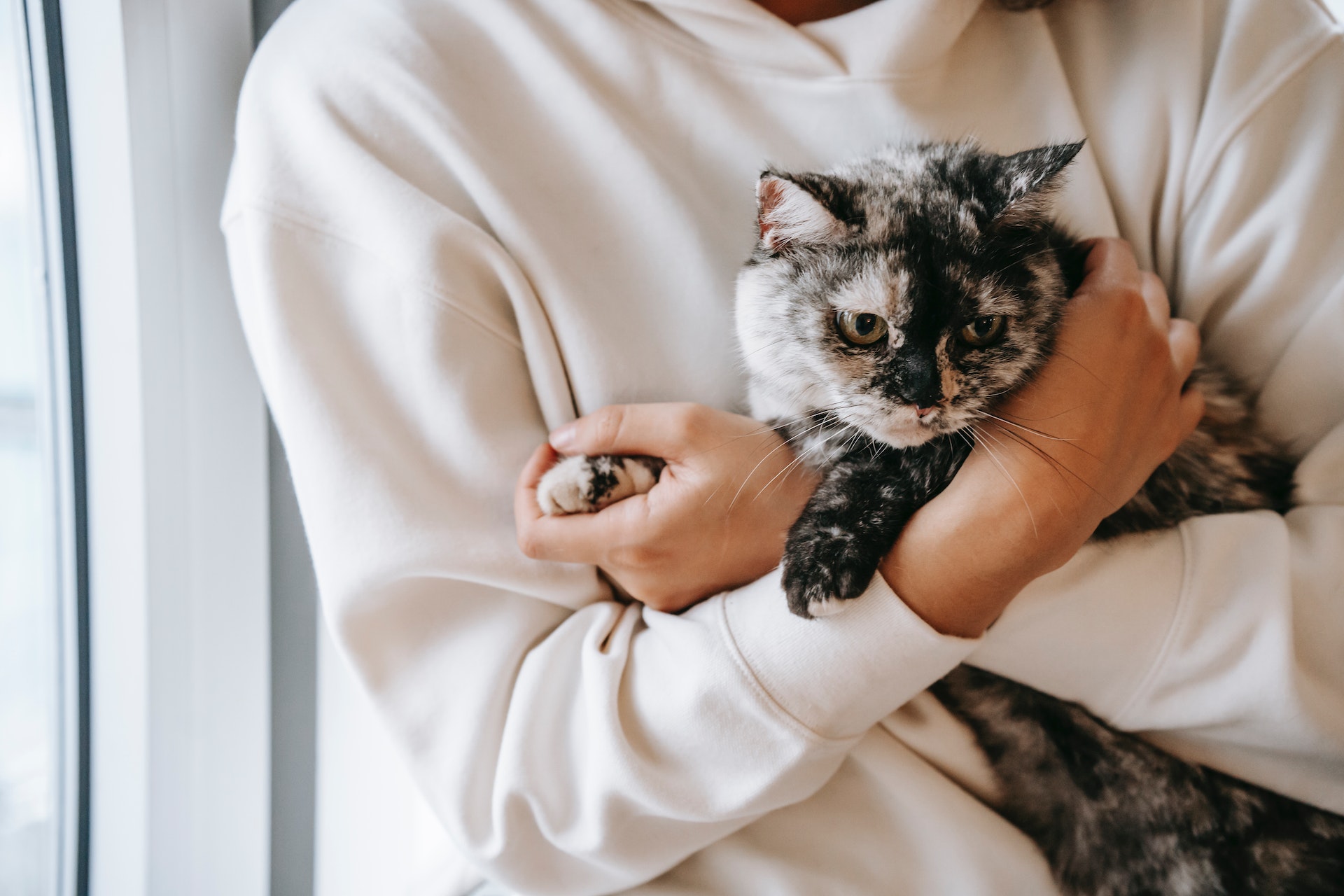
Does my cat purr when I’m not around?
Yes. Contrary to what we may think sometimes, our cat’s don’t just purr for us. Cats often purr as kittens, as a way to communicate with their mother. They purr while giving birth, and at the end of their life when they are dying. A cat’s purr is with them throughout their whole life, not just during the time spent with hoomans.
Do all cats purr?
Typically all domestic cats purr, as well as some other (big) cats in the Felidae family (such as bobcats, cheetahs, and puma). Lions, tigers, jaguars, and leopards don’t purr. This is due to a difference in the bone structure in their vocal chords. A softer bone allows them to make the ‘roar’ sound, whereas purring cats feature a hard bone which makes purring vibrations possible.
Besides cats, animals in the lesser known Viverridae family also purr. And other animals make purr-like sounds while eating, for example, such as bears, foxes, hyenas, rabbits, badgers, and squirrels.
Why do cats purr and then bite you?
Sometimes, your cat might be lying on your lap, purring dreamily one moment and suddenly bite you the next. What does this mean? Perhaps your feline friend was feeling unwell to begin with and your casual petting rubbed them the wrong way. Or perhaps, your kitty just gave you a ‘love bite’, a sign of affection.
Biting could also be a sign of aggression in cats, so be careful to observe what your cat likes or does not like and leave them space to avoid being bitten further. Cats will generally let you know what they want. The best rule of thumb is: let your cat come to you for cuddles – and respect them when their body language says ‘no’.
Watch out for signs like an upward-pointing tail. In these cases, a purring cat is usually greeting you and wants attention. But if your cat is crouched down, purring, with its ears pulled to the side – it’s possible they’re in discomfort, pain, or not feeling well.
Where a smart cat collar can help
Cats may purr when they are in pain, feeling sick, or even when they are in heat. This self-soothing mechanism can make it difficult to figure out what they’re going through. This is where a smart cat collar, like the Tractive GPS, can be an invaluable tool for your cat’s health and safety – and your peace of mind.
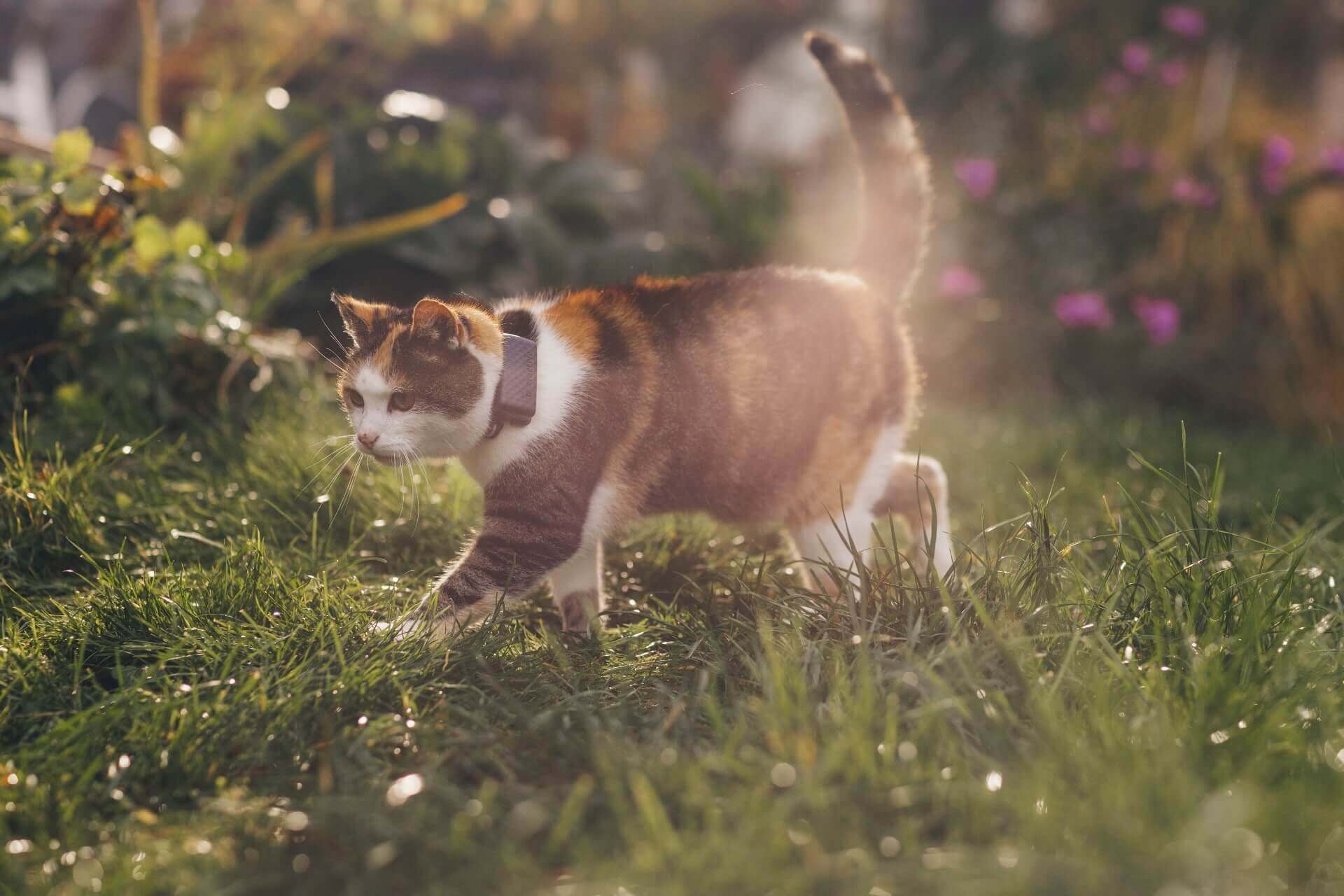
Strapped to your cat’s collar, you can now:
- Track your cat’s location in real-time
Sick or pregnant cats often seek out secluded or hidden spots. From your Tractive mobile app, just switch to LIVE tracking and pinpoint your cat’s exact location in real-time, even if they’re out of sight. Also, unlike an AirTag, Tractive devices don’t need a network of compatible devices to work – nor are they limited by any range. - Understanding your cat’s habits
Your tracker’s Location History feature provides a heat map of your cat’s favorite spots. This can help you figure out any unusual hiding places if your cat is sick, or understanding their preferred nesting areas if they are pregnant.
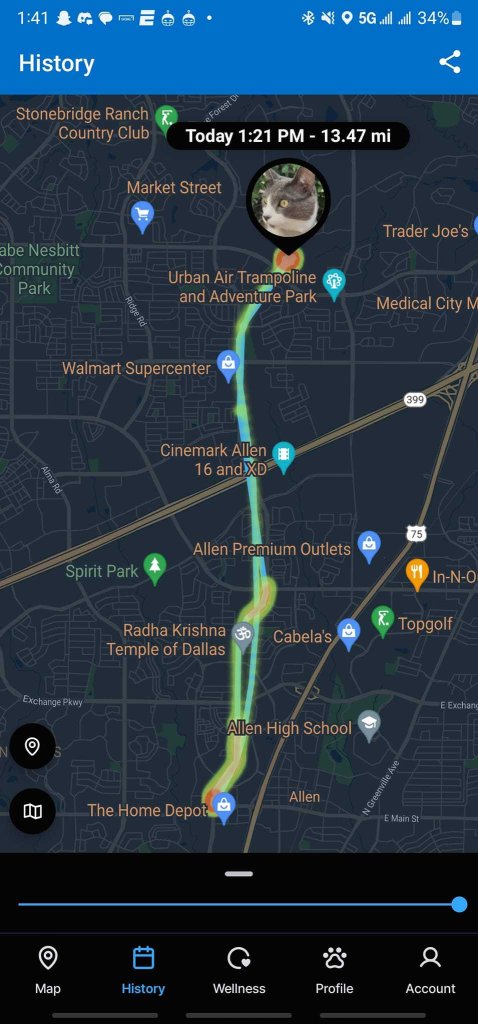
- Keep track of your cat’s health
Your trusty Tractive device monitors your cat’s activity levels and sleep patterns. Sudden or sustained changes in these behaviors – like a significant decrease in activity or disrupted sleep – can be early indicators of pain or illness, prompting you to consult your vet sooner. - Spot potential health issues early
Tractive’s Health Alerts notify you if there are significant changes in your cat’s activity or sleep patterns over time. These alerts can help you spot a potential health problem before it worsens – so you can get your cat over to a vet right on time.
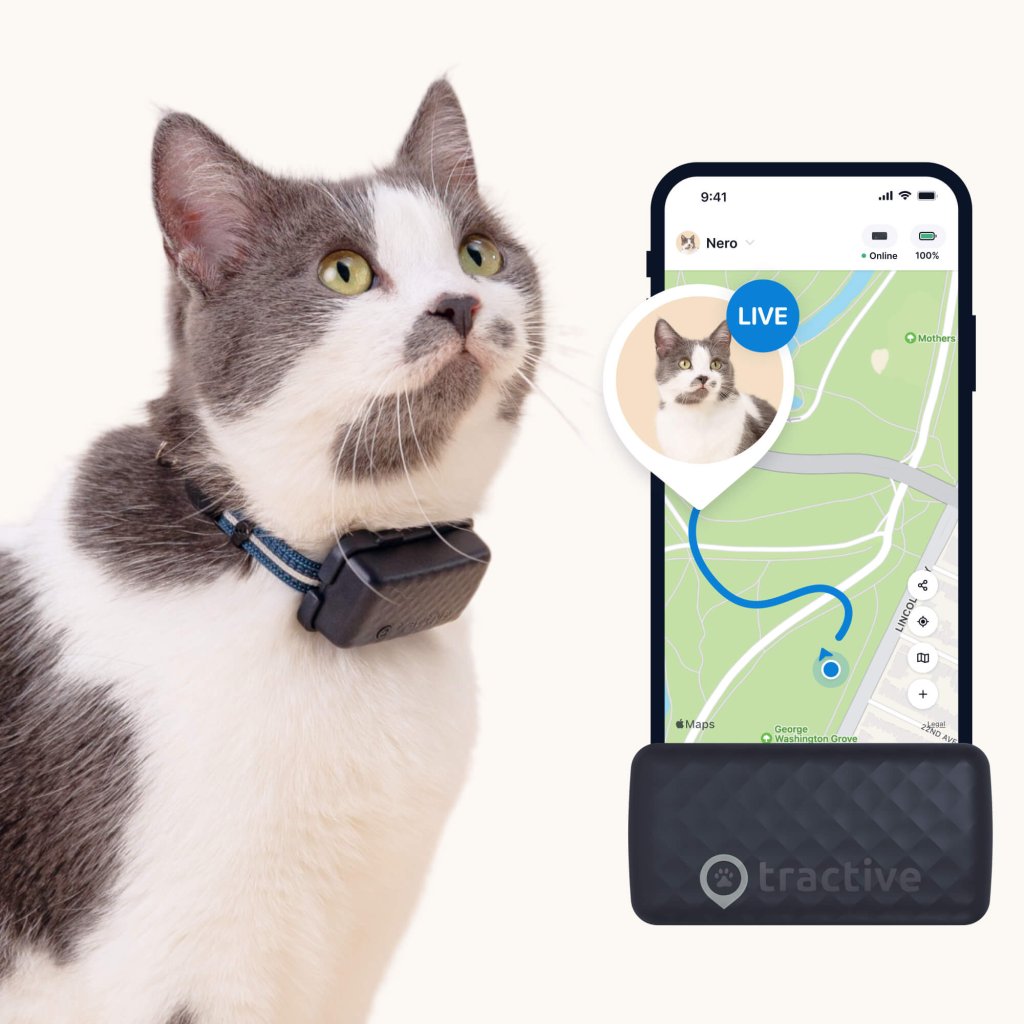
Track your cat wherever they go
See where they are in real-time, no matter how far they roam. Discover their territory. Get alerted if they go too far. Track activity, sleep, and receive health alerts if your cat’s activity changes. Keep your feline friend healthy and safe.



